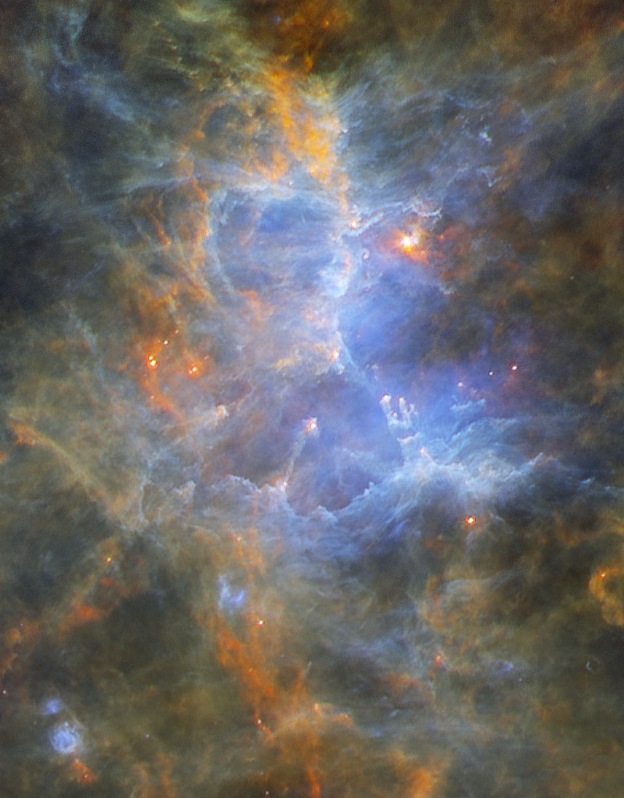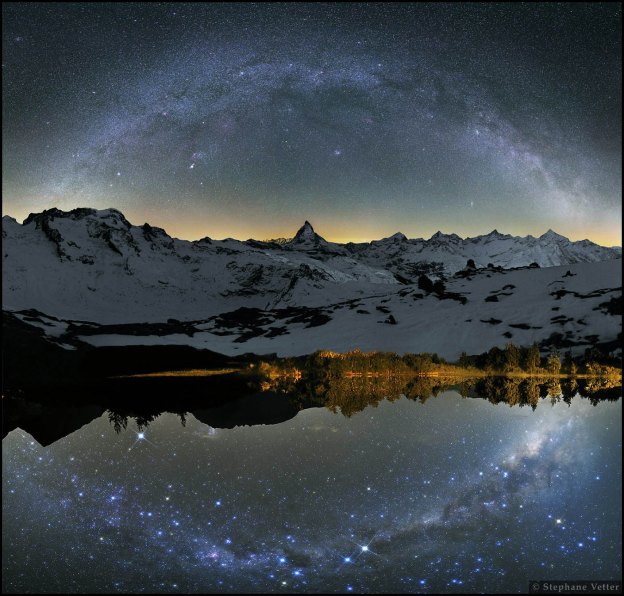Earth is passing through the Comet Swift-Tuttle from this past July 17th up until August 24th as we rotate around the Sun.The Perseid meteor shower will peak on August 12th 3:00 AM when the Earth passes through the thickest clusters of meteors.
The meteor shower will be visible around the Perseus Constellation around 10PM local time. The meteors will be most visible in the dead of night when the light levels are at their lowest. The moon’s light will also interfere with the shower but will set around 1AM.
 Your best bet for viewing the Perseid meteor shower this year is to go to the darkest areas possible. This years higher intensity of meteors per hour of 150 means you will see meteors every 20-30 seconds so be sure to be patient and enjoy the sights.
Your best bet for viewing the Perseid meteor shower this year is to go to the darkest areas possible. This years higher intensity of meteors per hour of 150 means you will see meteors every 20-30 seconds so be sure to be patient and enjoy the sights.



 Your best bet for viewing the Perseid meteor shower this year is to go to the darkest areas possible. This years higher intensity of meteors per hour of 150 means you will see meteors every 20-30 seconds so be sure to be patient and enjoy the sights.
Your best bet for viewing the Perseid meteor shower this year is to go to the darkest areas possible. This years higher intensity of meteors per hour of 150 means you will see meteors every 20-30 seconds so be sure to be patient and enjoy the sights.

